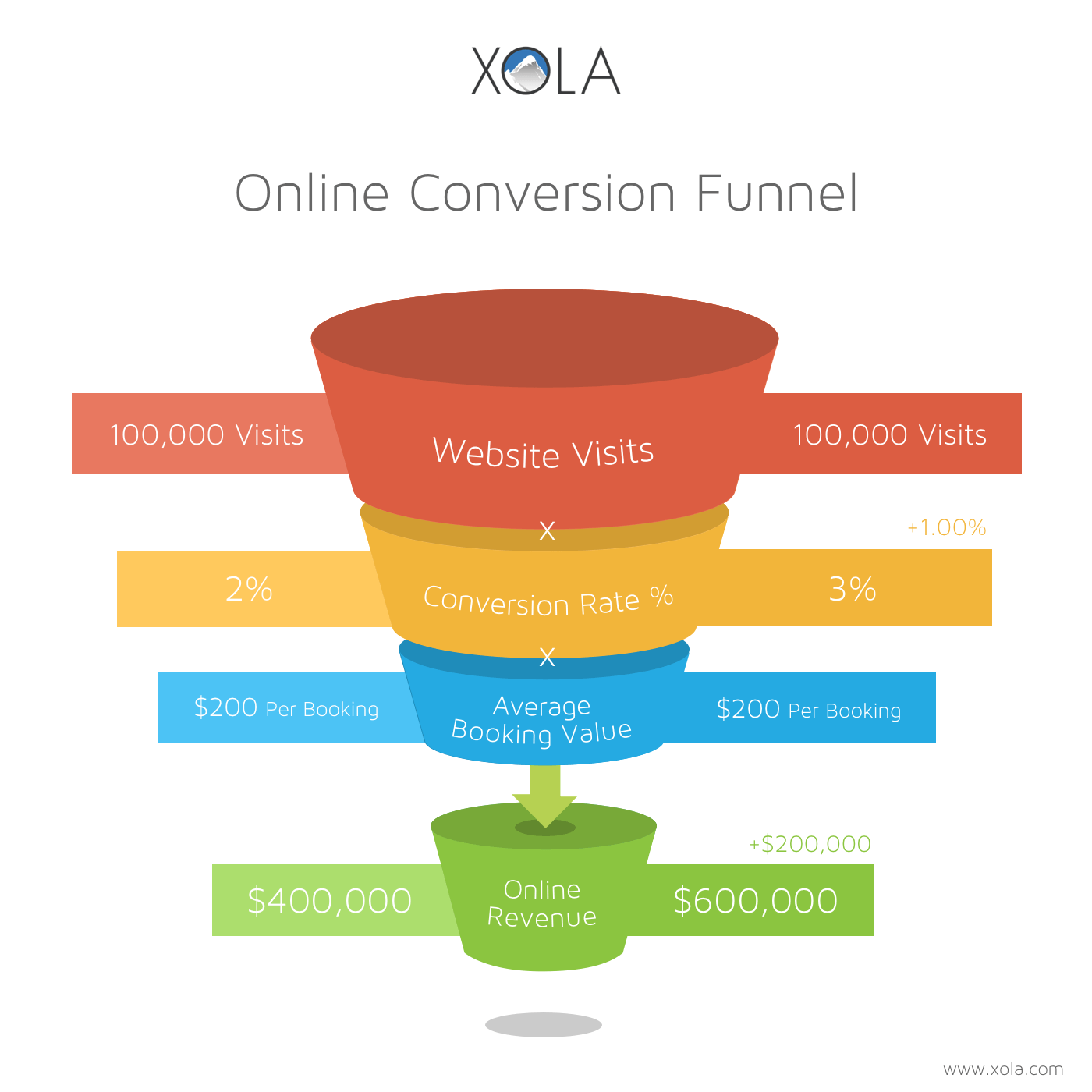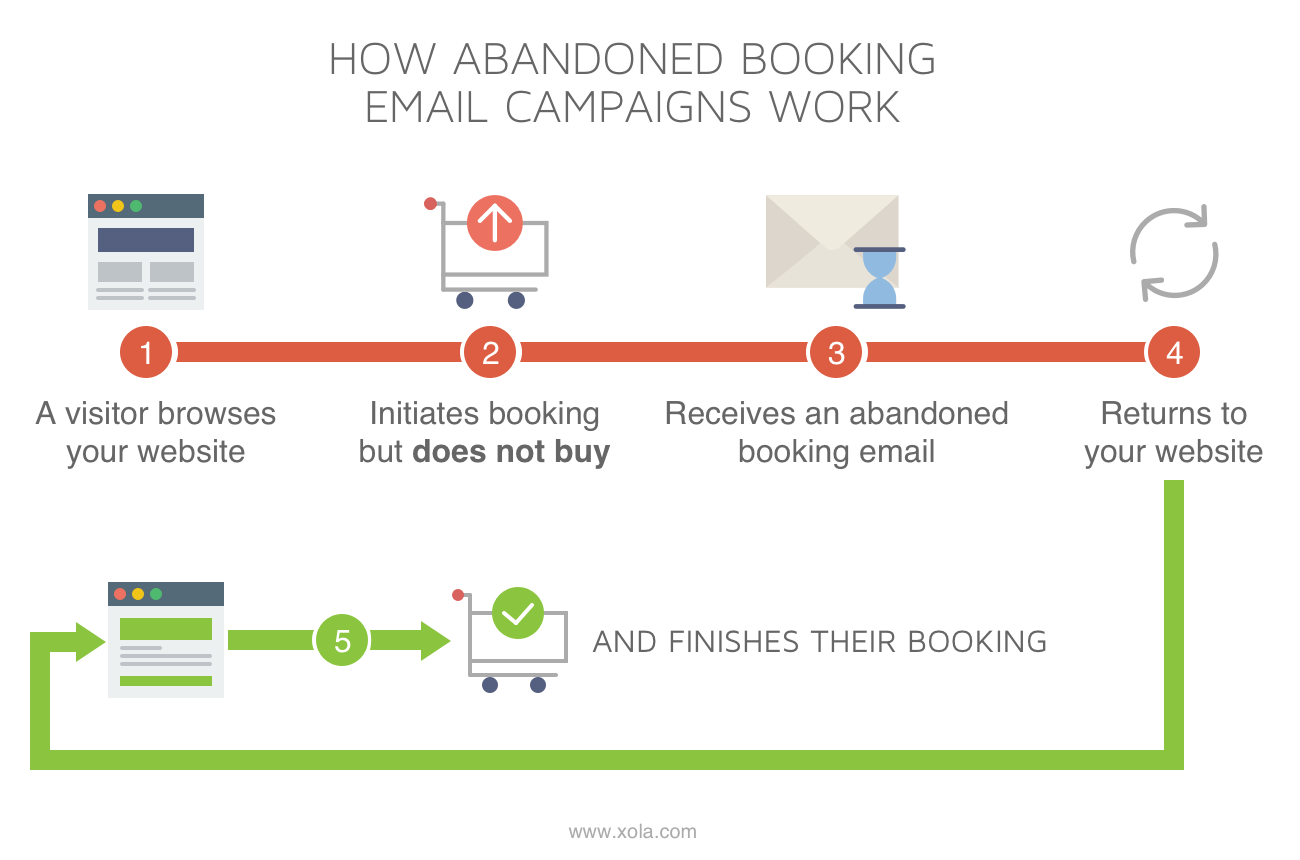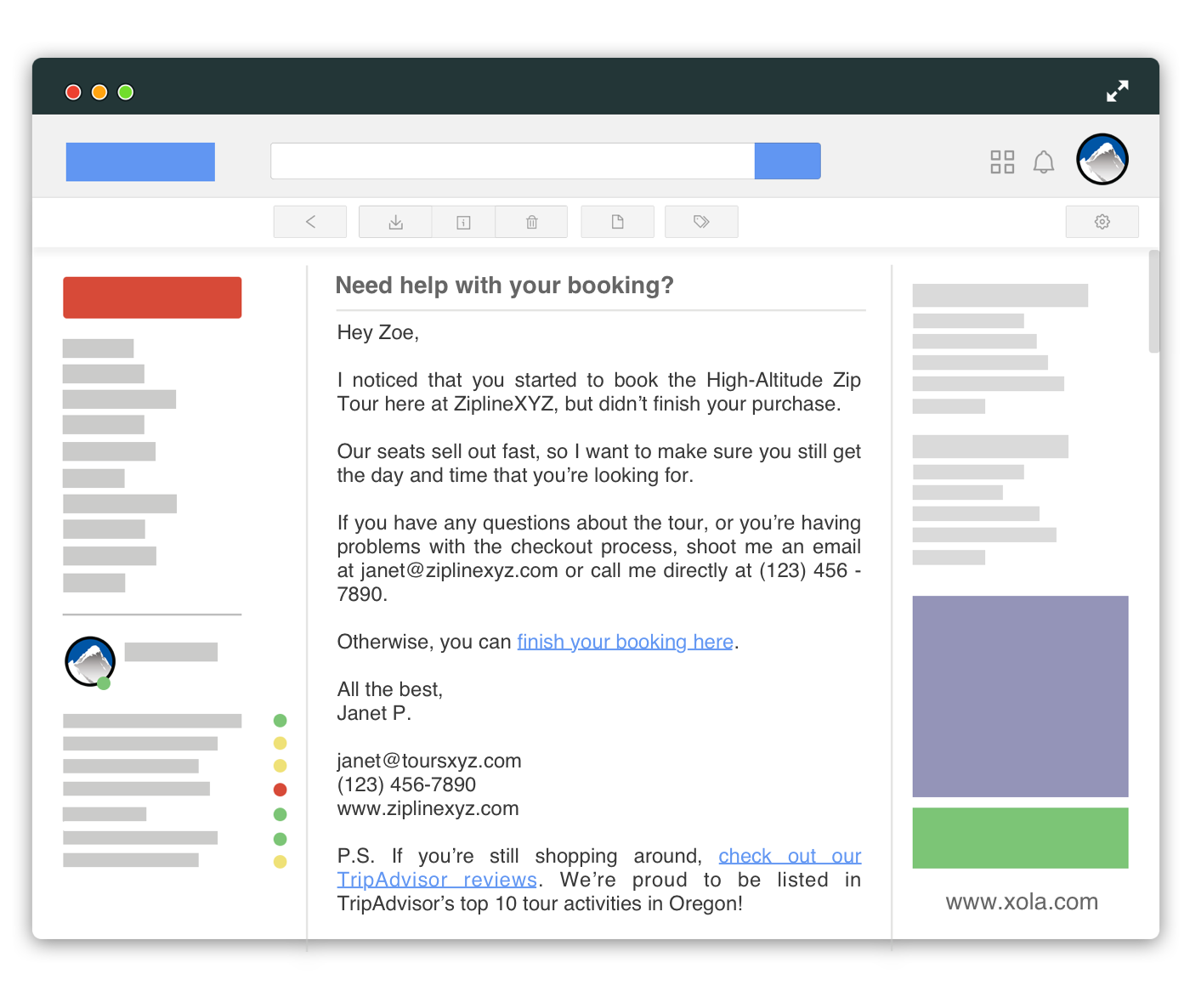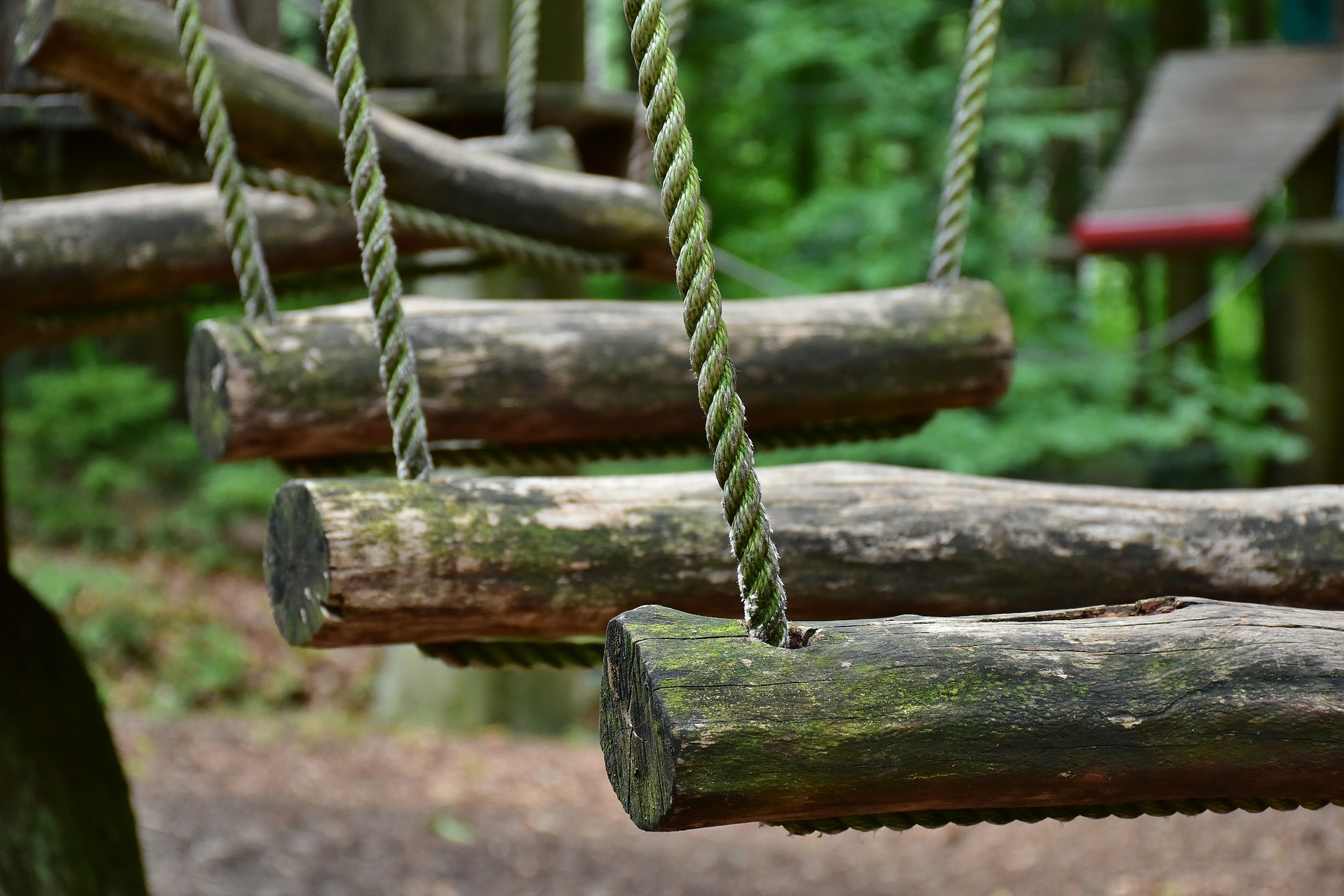
Of the three phases in a challenge course or zipline marketing plan, improving the “convert” phase is the most efficient way to increase online bookings.
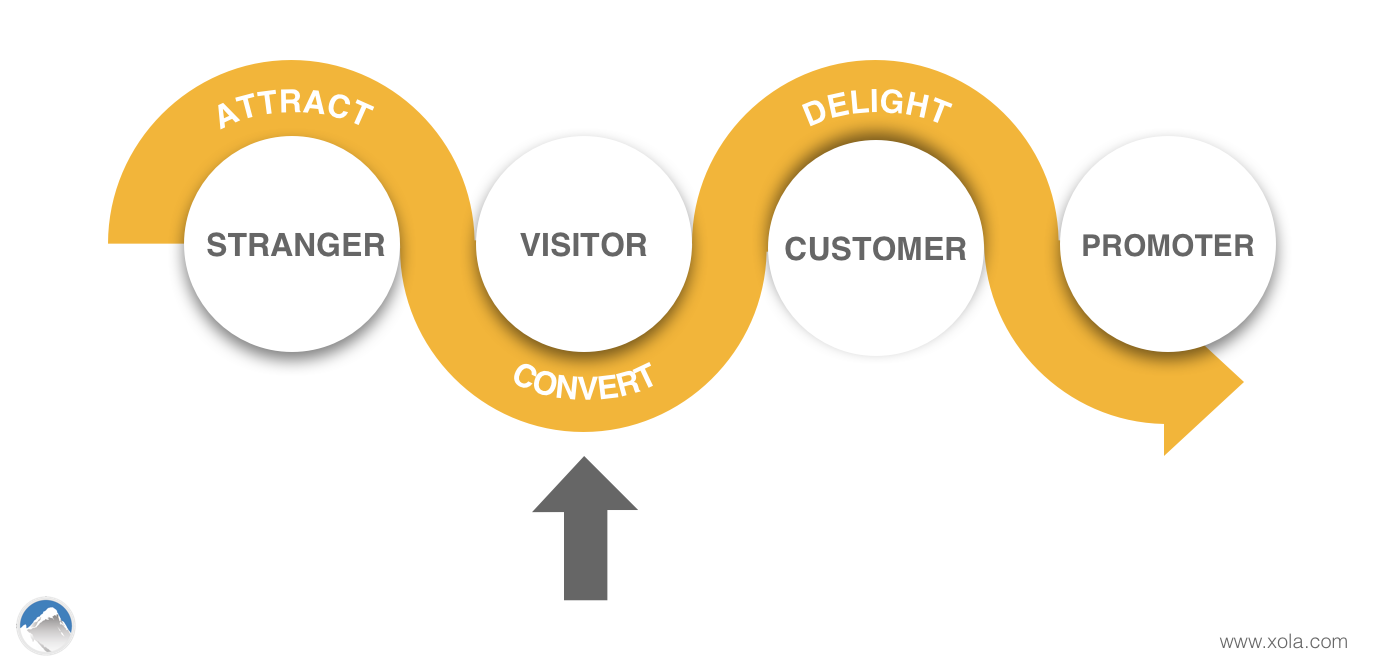
Let me explain.
What If You Added One More Person to Every Group?
What would it mean to your aerial park if you could add just one more person to every group you lead?
Let’s do the math…
Imagine the average zipline operator. They lead approximately 2,000 group tours every year. Based on our own research, the average price per ticket in 2017 was ~$54 (including seniors, veterans, children, and other discounted tickets).
With 2,000 groups at $54 per ticket, adding just one person per group would make the average zipline operator an additional $108,000 in a year.
All they did was add one person. But when you multiply that over hundreds and thousands of groups, the numbers add up.
What If You Did the Same Thing, but on Your Website?
Now image you were able to do something similar with the bookings on your website… Imagine you could add just one new order for every 100 visits to your site.
In this example, imagine a zipline operator that gets 2 bookings for every 100 visits to their website. In marketing terms, this means that their “website conversion rate” is 2%.
In short, the website conversion rate is calculated by determining the percent of visits that result in a new booking.
Now imagine that we add one more booking.
Now, for every 100 visits to their website, they get 3 new bookings. Their conversion rate just increased from 2% to 3%.
One extra booking for every 100 visits (a 1% increase in their conversion rate) doesn’t look like a big change. But it has an enormous impact on their bottom line.
Imagine a zipline operator who gets 100,000 website visits each year, and their average online order value is $200. That 1% increase generates $200,000 in additional revenue for their business. Another small change with a big impact!
But enough imagining. What could a 1% increase in your own website conversion rate mean for you?
How to Measure Your Website Conversion Rate
To understand the impact of increasing your website conversion rate, you have to measure it first. Luckily, it’s pretty easy.
Use Your Google Analytics Ecommerce Integration
Sophisticated online booking software, like Xola, integrates with Google Analytics so that you can find your website conversion rate without doing extra math.
Google Analytics refers to your website conversion rate as your Ecommerce Conversion Rate. To find it, begin by making sure your Google Analytics Ecommerce integration is enabled. Then navigate to Conversions > Ecommerce > Overview in your Google Analytics account and find the Ecommerce Conversion Rate metric.
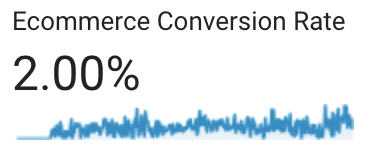
When you are measuring your Ecommerce Conversion Rate, make sure you are looking at a long enough timeframe to get an accurate measurement. We recommend a timeframe of at least 60 days, preferably during your high season.
Calculate Your Website Conversion Rate Manually
If your zipline booking software does not integrate with Google Analytics Ecommerce you will not be able to access the ecommerce conversion rate metric. But you can still calculate your website conversion rate manually.
To do this, begin by choosing the timeframe you want to measure. We recommend a timeframe of at least 60 days, preferably during your high season.
Within that time frame, count the number of online bookings made on your website.
Then, using Google Analytics or another web analysis tool, measure the number of visits or “sessions” on your website during that same time frame. You can find the number of sessions in Google Analytics by navigating to Audience > Overview.
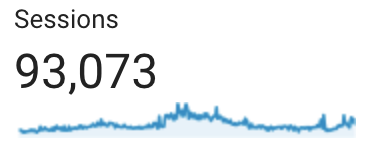
Once you know the number of online bookings, and the number of visits or “sessions” made on your website, you can apply the numbers to the website conversion rate formula.
Marketers most commonly calculate their website conversion rate with this equation:

For example:

What Is a Good Website Conversion Rate?
Sadly, there is no benchmark for the zipline and challenge course industry just yet. But comparing your website conversion rate to other industries can help. According to Smart Insight, in 2016 US ecommerce companies averaged a 3.00% conversion rate. The travel industry averaged just 2.4%.
These comparisons can help. But be careful about using benchmarks as a measurement of success. We have seen zipline websites with conversion rates as high as 6%, well above other benchmarks. Why settle when you can beat the average?
How to Improve Your Website Conversion Rate
In essence, there are three ways to increase the percent of website visits that result in a booking.
1. Improve Your Website
Improving your website design, copy, and images can have a heavy influence on who does or does not make a booking.
Your website is often the first thing people see when they are considering your offerings. It creates an important first impression and demonstrates to visitors why they should book with you. The usability and design of your website determine how easy (or difficult) it is to find tour information and initiate a booking.
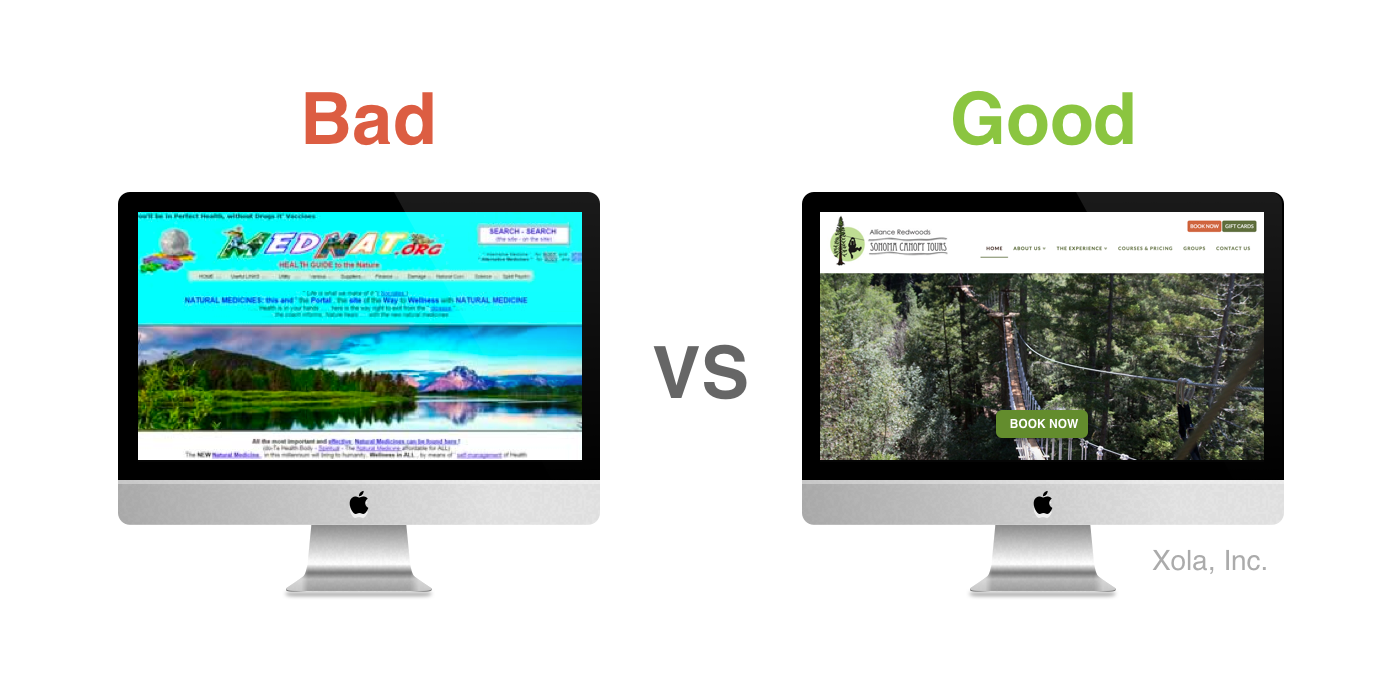
Improving your website conversion rate is a science, and should be treated like one. That’s why, at Xola, we refer to website optimization as “conversion science.”
Conversion science requires a good understanding of who to optimize for, what to optimize, and where to optimize. To get you started, we compiled our favorite optimization tips into a comprehensive guide that you can use to improve your website.
Or, for a shorter read, here are 10 simple ways to optimize your challenge course or zipline website for more online bookings.
2. Optimize Your Checkout
The ease of your checkout process is one of the most significant factors that increases your website conversion rate.
A poorly designed checkout is often complicated, confusing, and frustrating. That’s reason enough for visitors to abandon their booking, leave your website, and look for a simpler alternative.
A well designed checkout, on the other hand, is intuitive and easy to use. It makes planning and booking a tour feel effortless, and encourages more website visitors to complete their bookings.
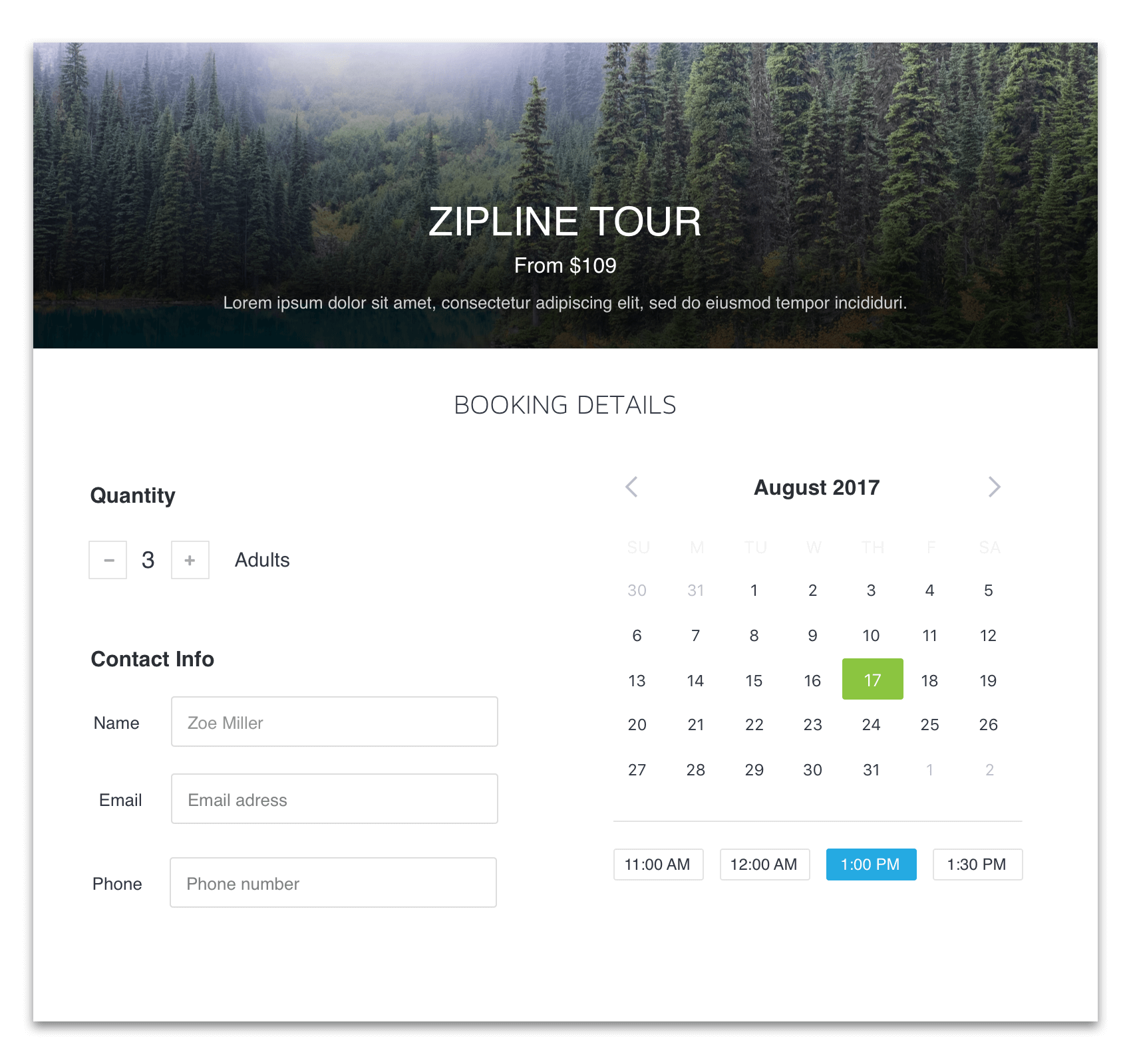
In fact, a well known study conducted by the Baymard Institute found that checkout design improvements alone can raise the average website’s conversion rate by up to 35.26%.
Sadly, checkout design is often neglected.
In part, this is because your booking software provider handles the design, not you. Yet few providers have taken significant steps to understand, and improve, the online checkout experience.
At Xola, we take this responsibility seriously. We believe that your online booking software should help you get more bookings, not less. So we developed a shortlist of design rules that will help improve your conversion rate. These guidelines have influenced the design of Xola’s online checkout and helped many challenge course and zipline operators get more bookings from their website.
Here are the leading causes for confusion and frustration during checkout , which lead to more abandoned bookings and lost revenue.
3. Recover Abandoned Bookings
There are two reasons that consumers abandon their bookings (leaving the checkout process without completing their purchase):
-
- 41.4% of consumers abandon due to checkout related issues;
- 58.6% of consumers abandon for normal reasons, like they were “just browsing” or “not ready to buy.”
In other words, even with an optimized checkout design, more than half of your website visitors who initiate a booking will inevitably abandon it. A web visitor who is planning a trip, for example, might initiate the checkout process in order to find availability or check pricing (including taxes, fees, etc.).
Checking dates and prices are a common part of the buying process. But just because it’s common doesn’t mean you can’t fix it.
You can still win back lost bookings with an abandoned booking recovery email.
An abandoned booking email is an email that is sent to your “almost customers” – visitors who initiated the checkout process (leaving you their email address) but left before they completed their purchase.
Xola’s abandoned booking recovery email feature identifies abandoners and sends emails automatically. No extra work for you or your team.
A well crafted abandoned booking email is personal and unassuming. It uses a customer service voice and gently encourages visitors to return to your website and complete their purchase.
Emails like these can be extremely effective. In fact, a recent study by SalesCycle on the travel industry found that every cart abandonment recovery email sent created $8.21 in revenue.
Compared to most other marketing programs, abandoned booking recovery emails promise the highest return at the lowest cost. If you’re looking for just one way to increase your conversion rates, we recommend starting here.
Conclusion
The most efficient ways to increase online bookings on your challenge course or zipline website is to increase your website conversion rate.
Increasing your conversion rate guarantees more bookings without you having to attract more visitors to your website. It decreases the cost of marketing and can dramatically increase your booking revenue.
The first step to increasing your conversion rate is to focus on your website and checkout usability and design. An appealing website will draw visitors in. Simple navigation and useful content will guarantee that they can find the information they need. And an optimized checkout will help reduce abandoned bookings caused by confusion and frustration.
Finally, consider sending an abandoned booking email to visitors who initiate the checkout process, but did not complete their purchase. It’s a simple and lucrative way to encourage more bookings and increase your bottom line.
To learn more about how Xola can help you improve your website, optimize your checkout, and win back more abandoned bookings, call us at +1 (855) 909-9652 or click here to schedule a demo with one of our product specialists.

